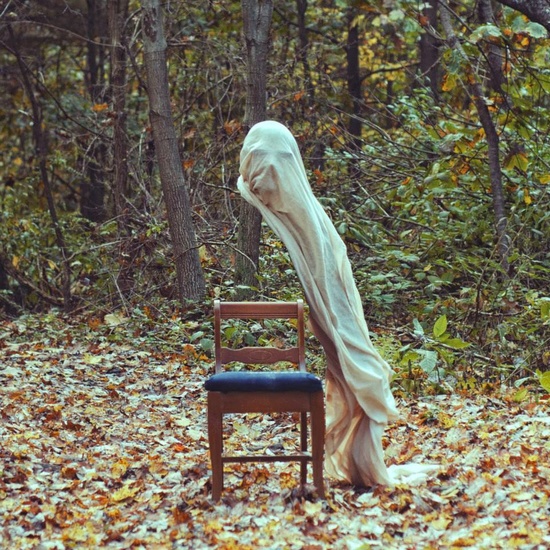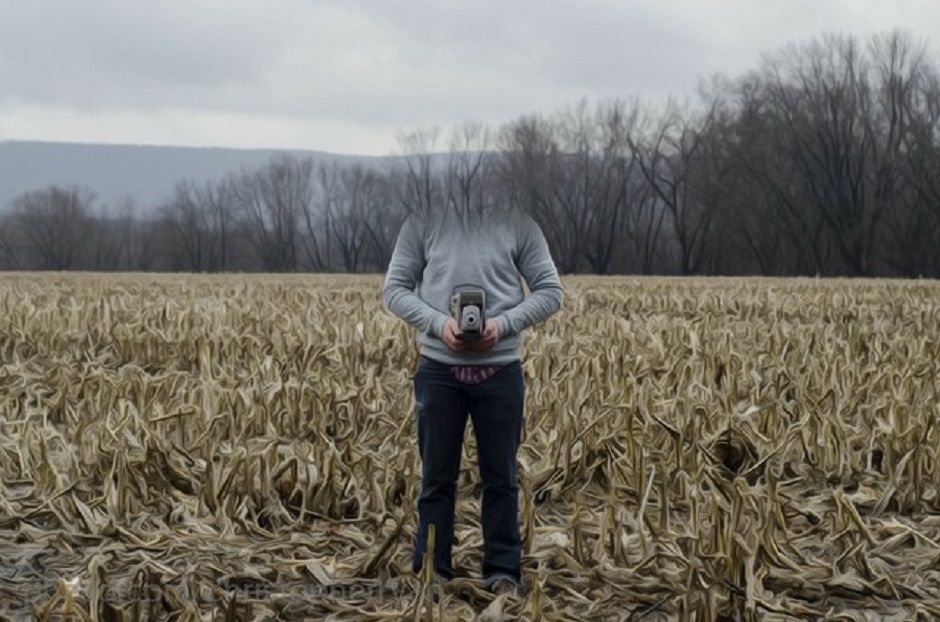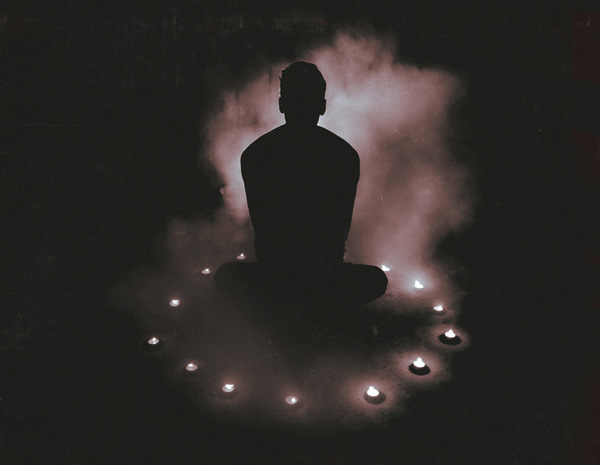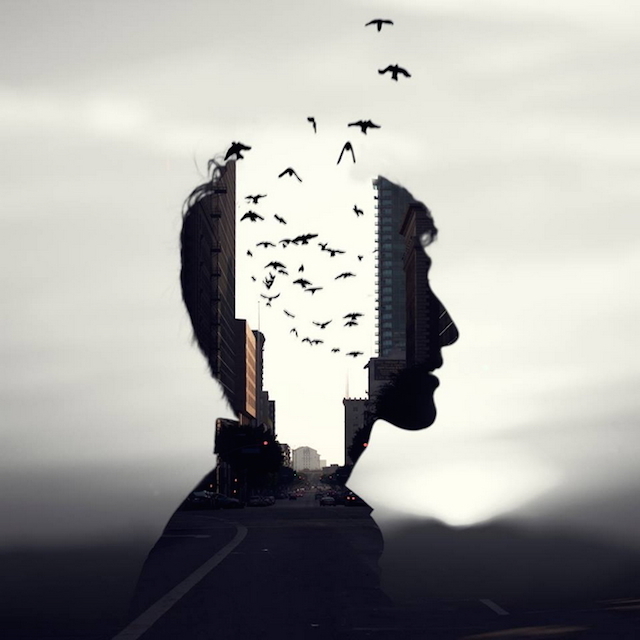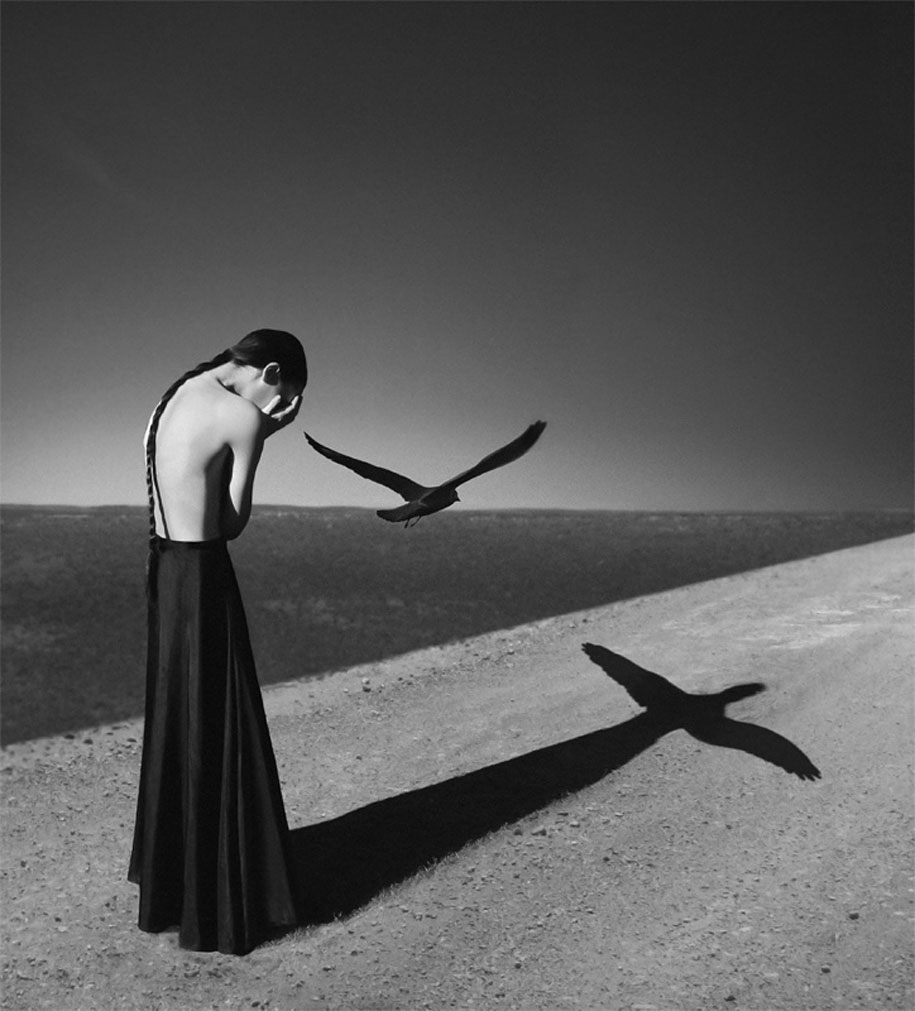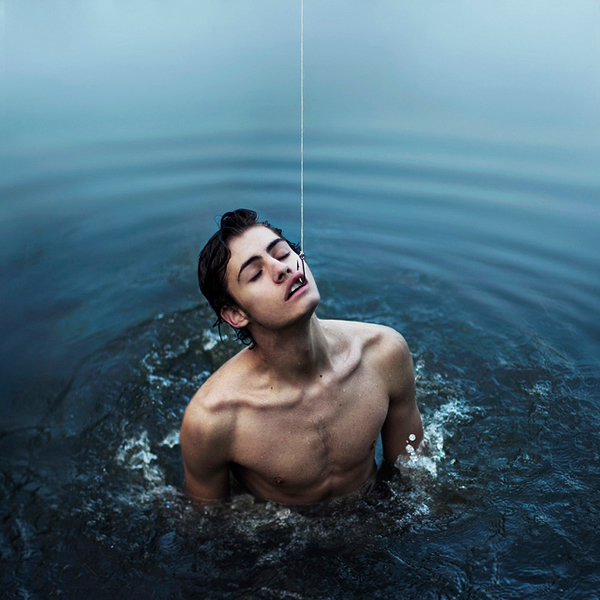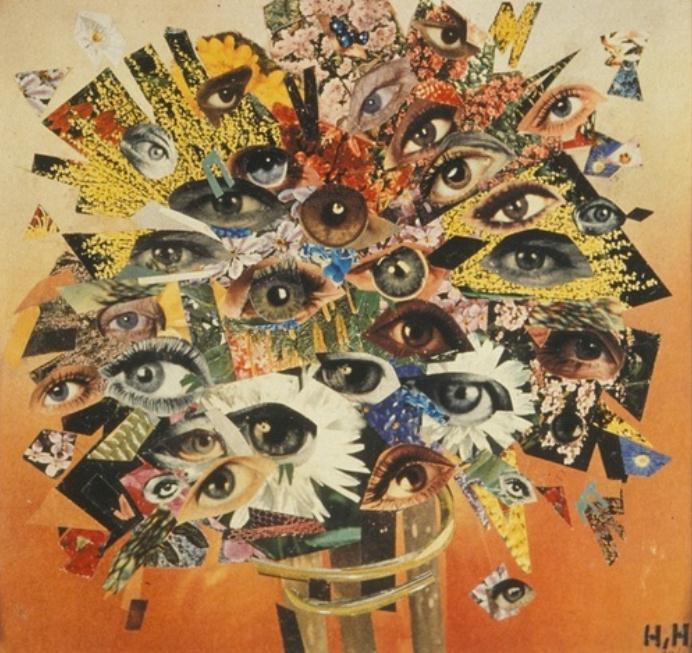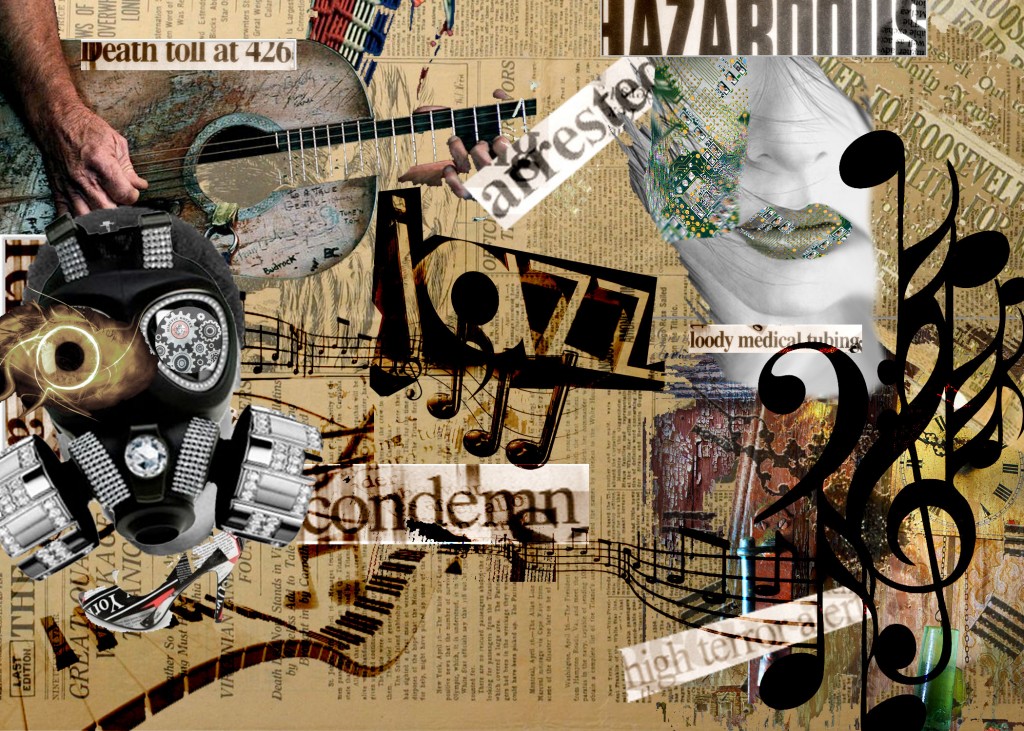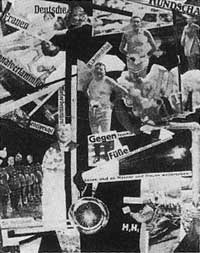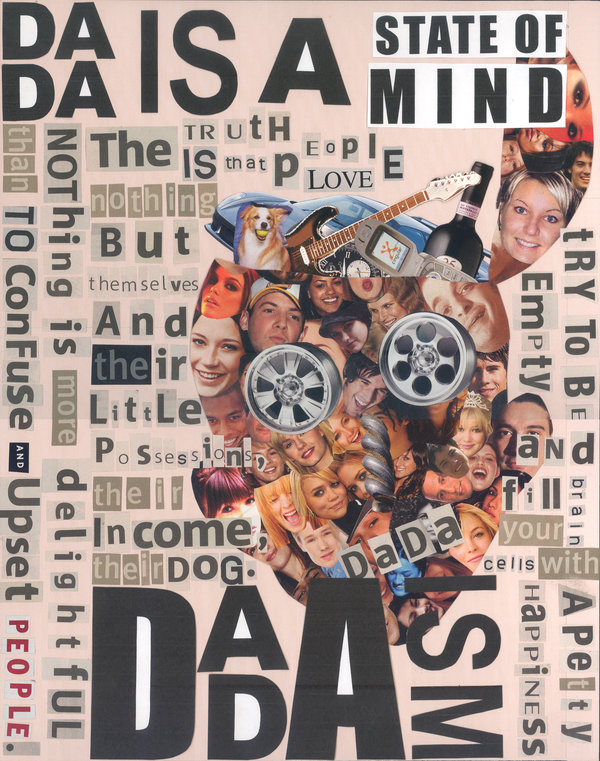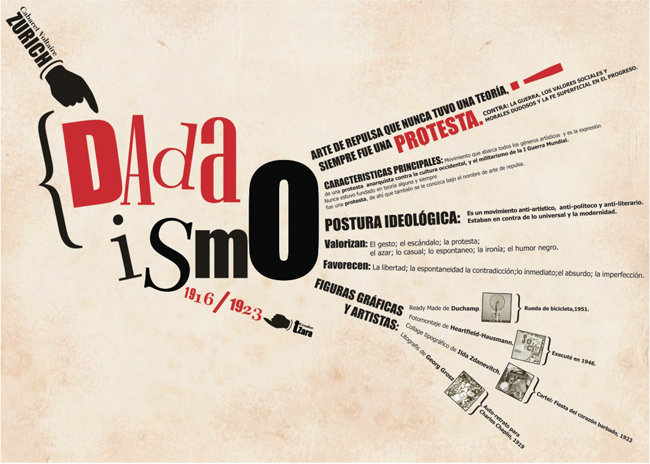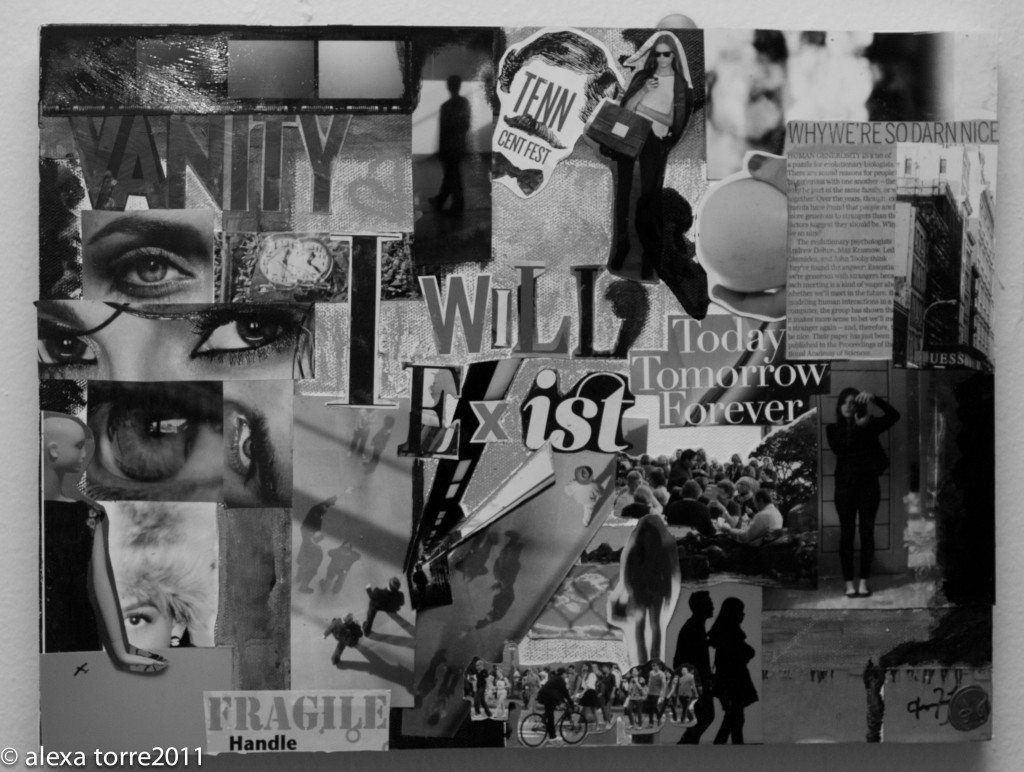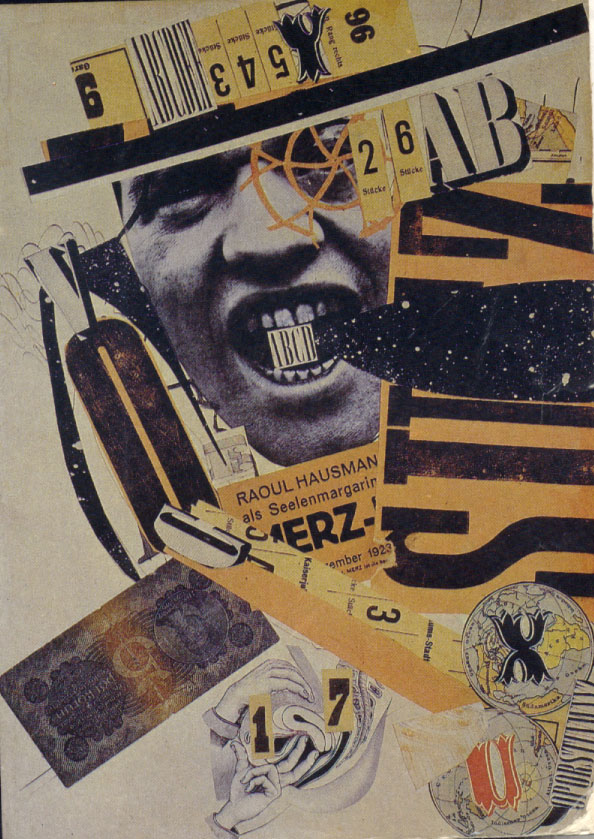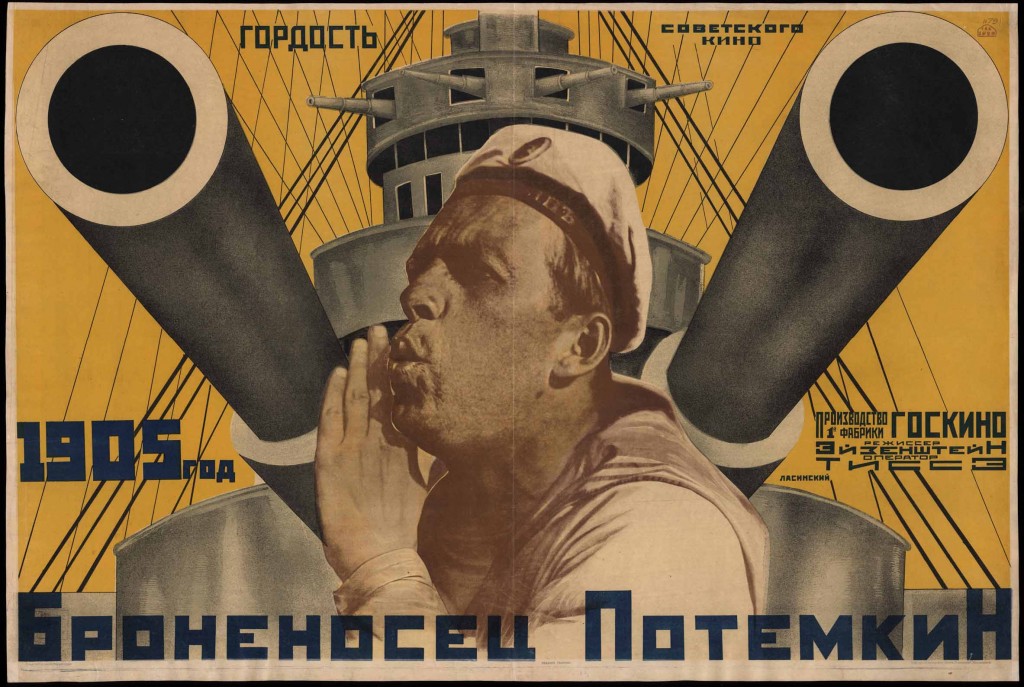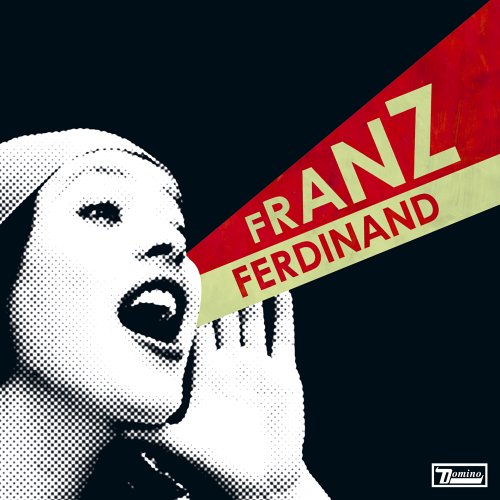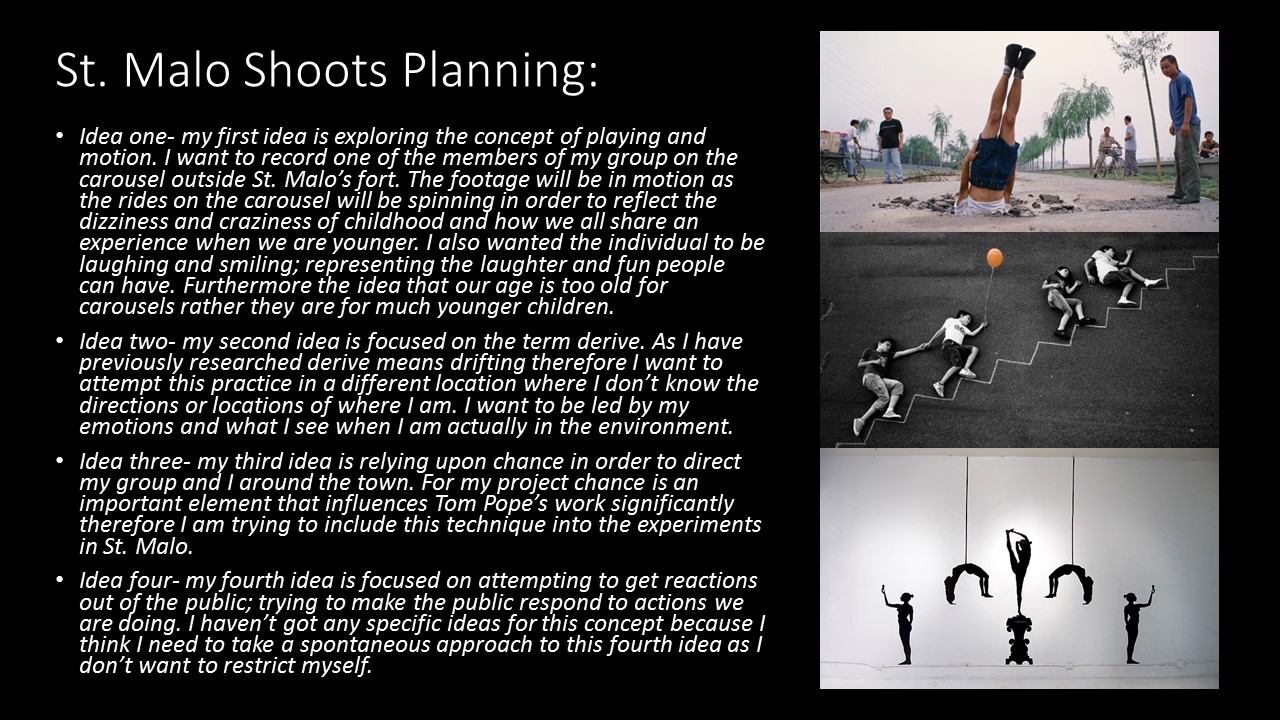Above is a YouTube link to Bruce Nauman’s piece of work. During this video, he applies gold make-up to his face and body. It was created in 1967. The 11 minute long video is very simple, yet the process in which he applies the product is quite interesting.
Bruce Nauman is greatly associated which performance photography and that’s exactly why I chose him as a reference. Also his ideas are simples, but efficient in conveying meaning. He would often record or shoot himself doing particular, repetitive things. His work was inspired by many movements such as Post-Minimalism, Conceptualism, Minimalism, performance art, and video art.

I have gotten my inspiration from the piece of performance photography he created above. He is simply pulling at his face and creating wrinkles and bulging in the skin.
For my study I’ll incorporate some makeup just like Nauman uses and show the different stages of which I cover my face with it. I will also only shoot in a close-up range, making sure that I don’t smile, so that my expressions are raw.
This is my response to Bruce Nauman. I shot various straight- on self-portraits in which I included the process in which I applied golden liner. Much like his performance in the ‘make-up’ video, I’ve used a similar concept of ‘covering my face’, however I captured my moments with still images. I’ve tried 3 different looks, here are the results of my first experiment:
Second experiment: For this one I used a pink lipstick and started off by only placing it on my lips. Then I began to smear it on my face as if I was trying to disguise my face.
Third experiment: Using a red liner I created scratch marks and lines on my face. Again they would get more detailed by time.




















